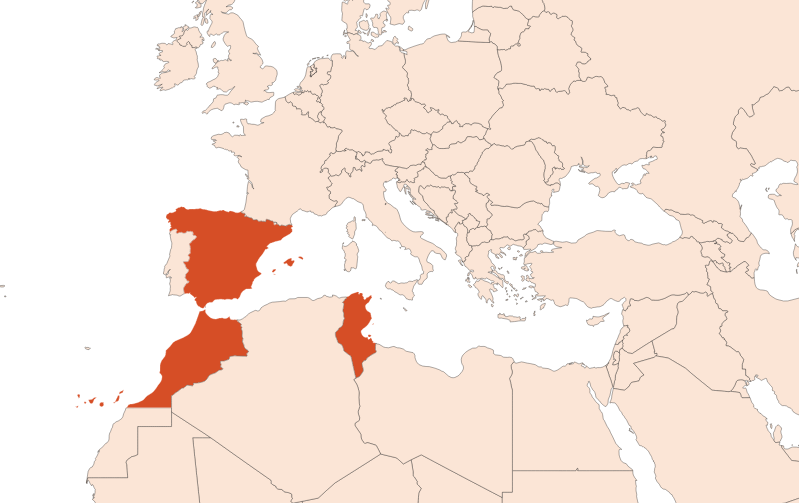
| Company | Ingredient Name | ID | Comments | Naturality | Certifications | Purity | Latin name | Treated part | Geographical origin | MOQ |
|---|---|---|---|---|---|---|---|---|---|---|
|
|
Huile essentielle de Romarin - 30 gr | - |
Visit website
|
- | - | - | - | - | - | |
|
|
ROSEMARY Rectified Essential Oil | M_0059764 |
Visit website
|
Naturel | - | - | - | - | - | |
|
|
ROSEMARY OIL | 4010000699 |
Visit website
|
Naturel | - | - | - | - | - |
General Presentation
-
CAS N° : 8000-25-7
-
EINECS number : 84604-14-8
-
FEMA number : 2992
-
Appearance : Colorless liquid
-
Density : Varie selon l'origine : Tunisie, Maroc -> 0,907 - 0,920 @20°C Espagne -> 0,892 - 0,910 @20°C
-
Volatility : Head/Heart
-
Price Range : €€€
Physico-chemical properties
-
Optical rotation : Donnée indisponible
-
Vapor pressure : Donnée indisponible
-
Refractive Index @20°C : Donnée indisponible
-
Acid Value :
-
Flash Point :
Uses
Uses in perfumery :
Used in men's eaux de toilette and toileteries.
Major Components :
- Data for an Eucalyptol chemotype :

Photo credits: ScenTree SAS
Botanical name :
Salvia rosmarinus Spenn.
Synonyms : Rosmarinus officinalis L. // Rosmarinus angustifolius Mill.
Botanical profile :
Rosemary is a small shrub of the Lamiaceae family and the genus Rosmarinus.
Chemotypes :
The genus Rosmarinus has very few species but almost all of them have different chemotypes that can be distinguished by their major components: Camphor and Eucalyptol rosemaries.
Eucalyptol only rosemaries.
Verbenone and Bornyl Acetate rosemaries.
Extraction process :
Its leafy stems form bushes whose floral tops notifies the start of the harvest (usually 8 to 9 months after planting). The stems are cut from May to November with a sickle. This type of cutting can be done twice in the first year (100 to 120 days interval), then between 3 and 4 times in the following years.
The stems are dried before distillation. After the distillation, the essential oil is collected by decantation above the rosemary water. The extraction yield is between 0.5 and 0.9%.
A CO2 extraction also exists to obtain an absolute with a yield of about 0.5% on the fresh plant.
Other comments :
There are many myths and legends about rosemary. Cultivated and used for a long time, this herb was considered as a sacred plant by the Chinese and the Greeks. In the Middle Ages, it was used as incense to drive away evil spirits and demons. Today, rosemary is above all a symbol of love and loyalty in the West. It is therefore common to come across it at weddings.
This EO is not recommended for pregnant and lactating women.
Adulteration is possible by adding Camphor, Borneol or synthetic Bornyl Acetate. More rarely, it is possible to observe adulterations by adding Eucalyptus EO.
Stability :
The terpenes identified in this raw material can polymerize when they are oxidized
Regulations & IFRA
Allergens :
IFRA 51th :
This ingredient is not restricted for the 51th amendment


